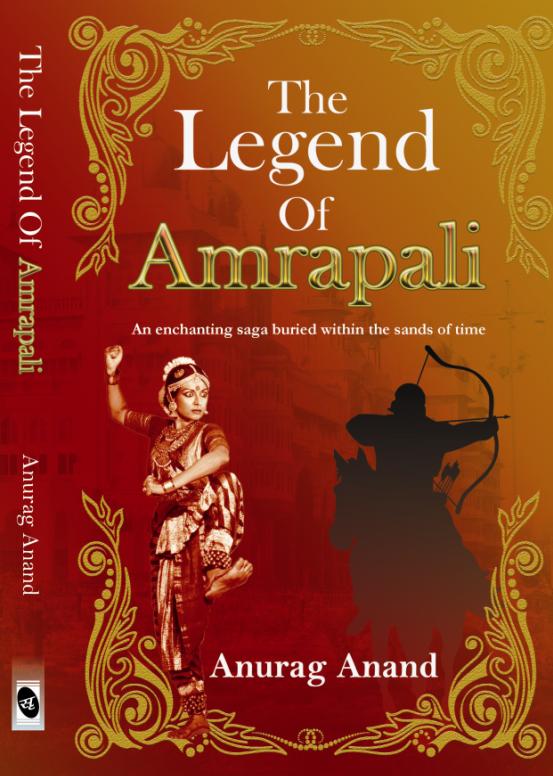 |
| 7 Secrets of Shiva |
With the festive season of Shravana maasa seeing an end with the eventful Anantha chaturdashi at home yesterday, there is no better time to write a review on 7 secrets of Shiva by Devdutt Pattanaik. The author is a renowned doctor-turned-writer whose writings mainly portray mythological content. This book was to be my introduction to his world of mythology.
Synopsis:
"Smeared with ash, draped in animal hide, he sits atop the snow-capped mountain, skull in hand, withdrawn, with dogs for company, destroying the world with his indifference. He is God who the Goddess shall awaken. His name is Shiva. Locked in his stories, symbols and rituals are the secrets of our ancestors. This book attempts to unlock seven."
With much talked about series of "7 secrets" by Devdutt I too forayed into following the trend. As soon as I first skimmed through the contents of the books I realized I am not the proper audience to this revered book. Nevertheless with my obsessive habit of completing any book that I take up for reading, I decided to give it a try. The book deals with 5 prominent names of Lord Shiva: Lingeshwara, Bhairava, Shankara, Bholenath and Nataraja. There are 2 chapters dedicated to his sons, Ganesha and Murugan. While my comfort zone involves reading about mythological characters in the form of stories or fiction, this book stared at me with plain facts. It took me a rather long time to finish this otherwise small book with 200 pages of big font text having a pictorial illustration in every alternate page.
There are many interesting views from the author to describe the common fables surrounding the great Lord. From the description of Shiva linga as the erected phallus of the Lord to the picturing of his warrior son Murugan, every chapter gives a different angle to one's thought process. The author has described the subtle meanings behind the exhaustive symbolism associated with Lord Shiva and his cosmic better half Shakti. The reader gets to know the significance of Nandi the bull, rattle in Lord's hand, His trishul, the poses of Nataraja, the stories of Andhaka, Kamadeva, Daksha and many other famous characters. The story which stuck me was that of demon king Ravana and how it was his veins that made up the strings of first Rudra Veena the world had to see. As any discussion on Shiva doesn't get completed without reserving a fair attention to Shakti, so does Devdutt's book. Devdutt has gone to describe how Parvati gives the world a gift of Shiva's involvement in worldly matters. It is interesting to read chapters on this aspect.
I would recommend this book to those who like to read a mythological work with a non-priestly tone and an objective outlook and definitely not to those who like their books to throw in mythological characters as heroes of fiction. Well that is what books like Shiva trilogy by Amish Tripathi and Krishna Key from Ashwin Sanghi are for!
Further reading:




